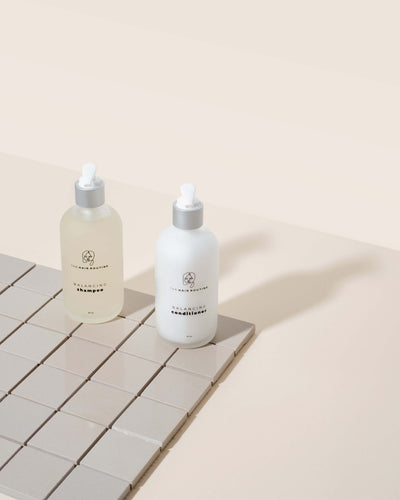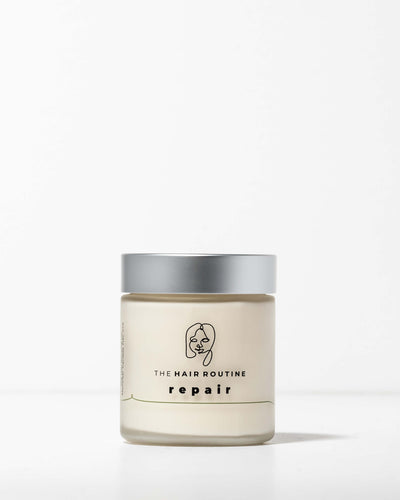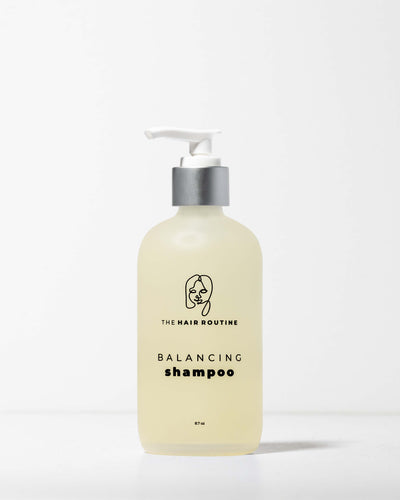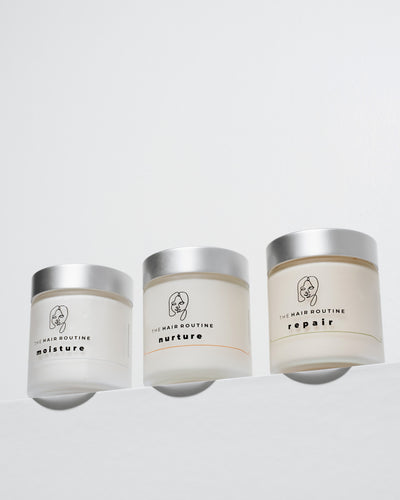Hot Oil Treatment: What Is It and What to Make of It?
What you will learn:
- What is a hot oil treatment;
- The benefits of doing a hot oil treatment;
- Best oils for a hot oil treatment;
- How to apply a hot oil treatment: step by step;
- Is a hot oil treatment right for you?
*Photo credit: @asia.alza
Hot oil treatments have become a popular option to combat dry, brittle hair. Every now and then, a deep nourishing treatment is needed to unwind from the daily stress that strands endure: pollution, hot air, styling, brushing, washing, etc. Oils play an important role in nourishing, moisturizing, and protecting hair from damage. Keep on reading to learn more about this hair care practice.
What is a hot oil treatment?
A hot oil treatment consists of coating the hair with a plant based oil that has been warmed up, with the purpose of adding extra nutrients to the strands, sealing the cuticles, protecting the strands, and strengthening the hair.
The Benefits of doing a hot oil treatment
Maintaining a healthy balance of moisture. A hot oil treatment helps restore and even increase your moisture balance by sealing the cuticles. In a study done in 2009 (by Fregonesi et al) , coconut oil was found to reduce protein loss when used pre or post washing, thanks to its power to penetrate the cortex and provide moisture retention.
Give strength and promote hair growth. The nutrients from the natural plant based oil paired with a scalp massage are a good combination of factors that promote healthy hair growth. And in addition to that, the enhanced lubrication of the hair shaft prevents breakage and frizziness.
Prevent dry scalp and dandruff. Hot oil treatments promote a good balance of natural oil production and combat possible fungus spreading.
Added shine. Oils smooth down the cuticles to leave a sleek, shiny finish.
For low to normal porosity hair, the warm oil helps lift the cuticles allowing moisture to be absorbed inside the hair shaft. As most oils also have sealing properties, the cuticles will seal back down leaving a smooth finish.
For high porosity hair, a hot oil treatment will not be fixing permanent damage from chemical processes, but it will temporarily reduce the appearance of split ends and excessive frizziness and dullness.

What are the best oils for a hot oil treatment
When trying to decide the best oils for the job, consider what benefits you want for your hair. Different oils will do different things, nevertheless, always consider a plant based oil and avoid vegetable or mineral oils. Mineral oil has no affinity to hair's proteins and is not able to diffuse in the fiber.
Figure out if you want a sealing oil or a moisturizing oil. Most oils tend to do one better than the other. If you are looking to reduce the appearance of frizz or any problem that concerns the outer layer of the hair, choose sealing oils like castor or grapeseed oil. If you are looking to moisturize and promote growth, look for nourishing oils that penetrate the hair like coconut oil and olive oil. For quick absorption, jojoba and almond oil are good choices.
Natural, plant based oils are better at giving all the benefits mentioned above. Mineral oils do not penetrate as well. For example, sunflower oil has a bulky structure, double bonds, and limited capacity to get absorbed inside the hair fiber and low possibility to reach the cortex.
Hot oil treatment: step by step
- Wash the hair with a clearing shampoo. A clearing shampoo will open up the cuticles, allowing for better absorption of the oil.
- Pat dry excess water and section the hair by using clips.
- Warm up the natural plant based oil for 3-5 minutes at bain marie.
- Patch test the oil to avoid burning your scalp and pour the oil into the applicator bottle. Use a bottle with a thin applicator tip to target the scalp.
- Place a towel on your shoulders. Oil application may get messy.
- Apply warm oil to the scalp and make sure to cover all spots. Once every side (top, bottom, sides) is covered in oil, treat your scalp with a nice massage.
- Place a shower cap that covers the hair fully and allow the oil to be absorbed for 20-30 minutes.
- Upgrade your experience with a hot towel wrapped around the shower cap.
- After the recommended time, release your hair from shower cap, rinse with warm water, co-wash with a silicone-free conditioner, and massage thoroughly until the oil is completely rinsed out.
- Dry hair with a cotton t-shirt.
Our take on hot oil treatments
Even with all these benefits enlisted, a hot oil treatment should still be done with moderation. We recommend doing it once a month for types A and B hair and twice a month for type C hair.
Though many of the plant oils used in a hot oil treatment have properties that may help protect and moisturize your hair, don’t forget that it is only a temporary fix to certain problems like split ends and high porosity caused by previous damage.
Be aware that natural, plant based oils are not safe for everyone. If you have a skin condition, ask a dermatologist what the best option for your situation is. Reduce the risk of a negative reaction and patch test every time you try a different oil.
We encourage you to add a hot oil treatment to your hair care routine to enhance it, as long as you are nourishing it with the other two essential elements: water and protein. Complete our online test to receive your ideal, personalized hair care routine.






